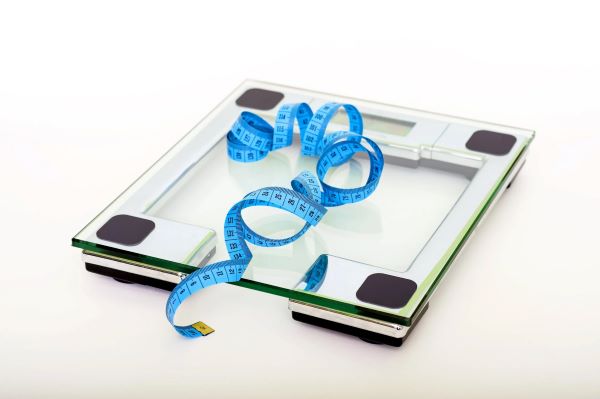As a child, you could drink a milkshake or eat a bowl of ice cream, with no problem. Now the same foods leave you as bloated as the Agfa blimp. Or running to the nearest loo with diarrhea or crampy and uncomfortable; What’s going on? As you grow older, your intestines begin to produce smaller than-usual amounts of lactose.
A special-purpose digestive enzyme is required to break down Lactose Intolerance. Natural sugar is found in milk and other dairy products. Symptoms such as bloating, cramp, and diarrhea usually appear anywhere from 15 minutes to several hours afterward as your intestines react to the undigested sugars.
If you feel ready to explode, it’s too late to put that bowl of ice cream that you just consumed back in the freezer. So for quick relief of lactose-induced discomfort. Women doctors offer this fast-action advice. Head for a chemist and try Bragg’s Charcoal tablets or biscuits, over-the-counter pills that can help absorb gas trapped in your colon and reduce bloating.
If you’re feeling bloated and windy, a half-hour stroll often will calm your distress. If you have stomach cramps, sometimes the best thing that you can do is nothing at all. Rest relax, have a bath put your feet up, go to bed whatever it takes to wait out the cramps caused by lactose intolerance.
After you’re feeling better, here are some suggestions on how to find out if you can’t digest dairy products. To find out if milk and ice cream are causing your distress, write down everything that you eat, when you ate it and if you experienced any symptoms. If you keep careful track, you should know if you have the problem within a week or so. Don’t have time to track your symptoms?
Simply stay away from milk, cheese, and ice cream for a week or two. If you stop feeling like a helium balloon, and cramps and diarrhea subside, you probably should stay away from the dairy counter. Foods could contain hidden lactose, whey used in cottage cheese is often an ingredient of canned foods. Non-fat milk solids, soured cream, some bread, and salad dressings also contain dairy products.
All milk skimmed, low-fat, or whole has the same amount of lactose. But even if you have severe symptoms, you may be able to maintain some dairy in your life. An American study found that among a group of 30 individuals thought to be lactose intolerant, almost everyone could comfortably drink a 250 ml glass of low-fat milk every day.
Doctors there tested 30 people who consistently reported symptoms including wind pains after drinking less than a glass of milk and found that the symptoms were minimal when they drank a glass of milk every day at breakfast for a week.
Bridge the Calcium Gap
If you’ve determined that you can eat or drink little more than a glass of milk or its equivalent per day, women’s doctors say that you still have to address your need for calcium, normally provided in dairy products. Calcium is essential to protect against osteoporosis and heart disease.
If lactose intolerance has forced you to cut back on milk, you need to find other ways to reach the 1,000 milligrams of calcium a day that woman doctors say you need. Live yogurt with active cultures is lower in lactose than most other dairy products, and you may be able to eat that.
But don’t try frozen yogurt all the active cultures’ are eliminated in the freezing process. Lactase on If you’re not manufacturing much on your own, buy the enzyme in tablet or liquid form. Lactase supplements such as Lactaid are available in some supermarkets and from chemists.
Two tables with a glass of milk will improve your tolerance of milk the liquid form converts 70 to 90 percent of the lactose. But depending on the number of drops that you add to the milk. So experiment and decide which form is most effective for you. Many juices are now fortified with calcium.
Together with lactose-reduced dairy products, calcium-enriched orange juice and other juices can help bridge the calcium gap sometimes created by lactose intolerance.







